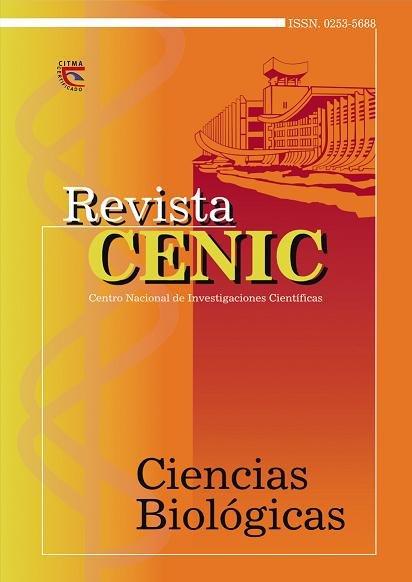Evaluation of biocides for possible use in fuel tanks
Abstract
Biocides are the more worldwide used chemical compounds for the biodeterioration treatment, and they are
specific for different fuels. In this article it was evaluated the Biobor J.F. antimicrobial activity in vitro, the Liquid 1 and
six natural extracts (Quinidine trep, Quinidine, Colophony (2 mg/mL), VN (2.1 mg/mL), AR (2 mg/mL) and the extract
T2-CIIQ). Germs from the, Pseudomonas, Bacillus and Micrococcus and the fungus of the species Hormoconis resinae,
Aspergillus versicolor, Aspergillus niger and Alternaria alternate, isolated from contaminated fuels. The determination
of the minimum inhibitory concentration (MIC) was made by the radial diffusion method in monolayer of agarized atmosphere
and the minimum germicide concentration (MGC) and the minimum fungicide concentration (MFC) were
determined by the serial double dilutions method in culture with transfers to solid environment. The Biobor J.K. and
the Liquid I showed an inhibition microbial with the pure product. The germicide and fungicide activities were effective
only with the products which haven’t been diluted. The Quinidine treq and Quinidine extracts had a 12.5 μg/mL MIC for
both germs and fungus. The T2-CIIQ MIC has a value of 30 μg/mL coinciding with the MGC and the MFC. The Biobor J.F.
and the Liquid I showed an antimicrobial activity without dilute. The Quinidine and T2-CIIQ extracts offered germicide
and germistatic actions to low concentrations: 12.5 and 30 μg/mL respectively.
Downloads

Downloads
Published
How to Cite
Issue
Section
License

This work is licensed under a Creative Commons Attribution-NonCommercial-ShareAlike 4.0 International License.
Los autores que publican en esta revista están de acuerdo con los siguientes términos:
Los autores conservan los derechos de autor y garantizan a la revista el derecho de ser la primera publicación del trabajo al igual que licenciado bajo una Creative Commons Atribución-NoComercial-CompartirIgual 4.0 Internacional que permite a otros compartir el trabajo con un reconocimiento de la autoría del trabajo y la publicación inicial en esta revista.
Los autores pueden establecer por separado acuerdos adicionales para la distribución no exclusiva de la versión de la obra publicada en la revista (por ejemplo, situarlo en un repositorio institucional o publicarlo en un libro), con un reconocimiento de su publicación inicial en esta revista.
Se permite y se anima a los autores a difundir sus trabajos electrónicamente (por ejemplo, en repositorios institucionales o en su propio sitio web) antes y durante el proceso de envío, ya que puede dar lugar a intercambios productivos, así como a una citación más temprana y mayor de los trabajos publicados (Véase The Effect of Open Access) (en inglés).














